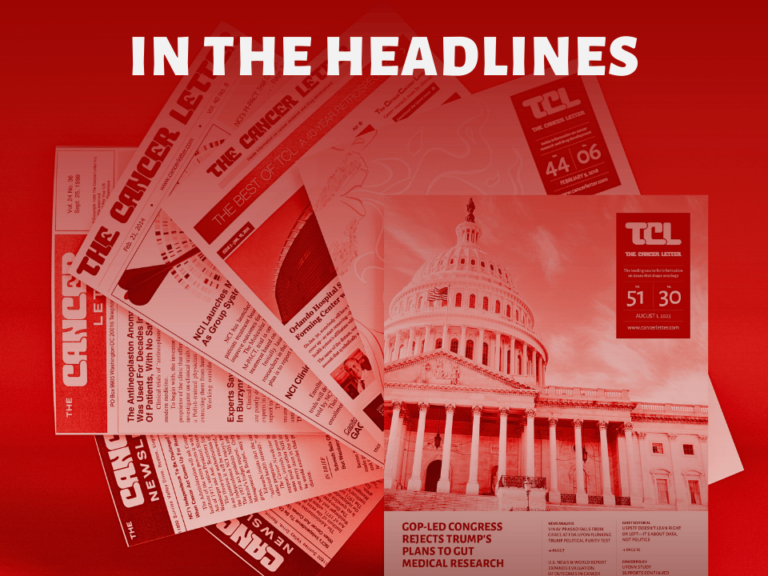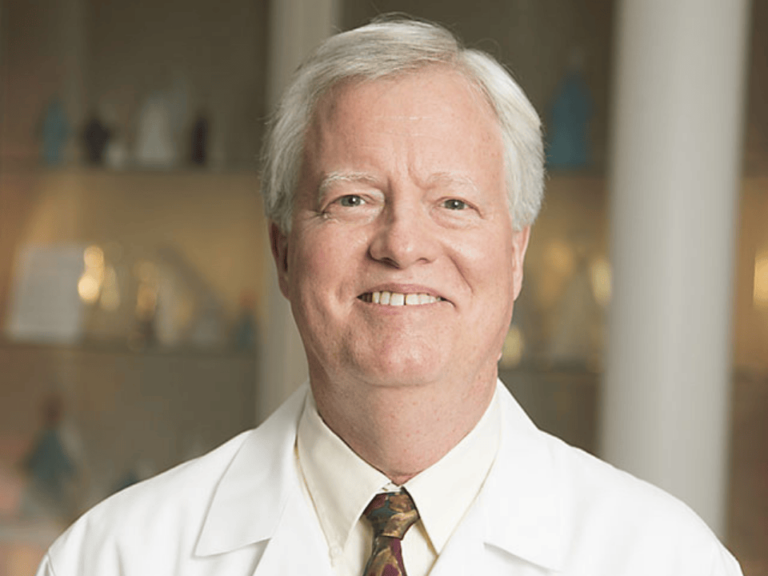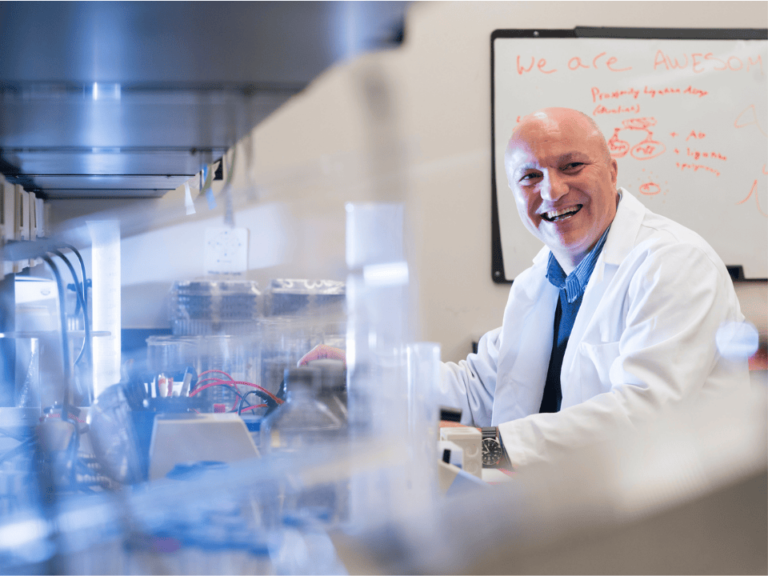A team of data scientists and cancer doctors from the University of Michigan Rogel Cancer Center and the U-M School of Public Health developed a free, web-based application to compare the long-term risk for a patient whose cancer treatment was postponed.
The OncCOVID app draws on national cancer data sets to help assess the risk of immediate treatment versus delayed treatment, depending on a patient’s individual characteristics, as well as on COVID’s impact on their local community.
“We also see the app providing additional reassurance to oncologists and their patients when the data show that delaying treatment will likely have little or no impact on a patient’s long-term outcome,” the project’s lead researcher, Holly Hartman, a doctoral student in biostatistics at U-M, said in a statement.
OncCOVID could also be used by health care systems resuming care and need to prioritize a backlog of patients.
“Hospitals have basically been using a three-tiered system during COVID: treat, delay a little, or delay a lot,” Daniel Spratt, associate professor of radiation oncology at Michigan Medicine and one of the senior researchers on the project, said in a statement. “Unfortunately, this tiered system is an extremely blunt instrument. Our goal was to create a resource that could be tailored both to the individual patient and to their local community.”
The app allows doctors to enter more than 45 characteristics about a patient — including their age, location, cancer type and stage, treatment plan, underlying medical conditions, and the proposed length of a delay in care. It then calculates the patient’s likely five-year survival following immediate treatment and delayed treatment.
Under the hood, the app draws on millions of records contained in the National Cancer Institute’s Surveillance, Epidemiology, and End Results registry and the National Cancer Database, combined with county-level COVID infection data from Johns Hopkins University.
Advanced features allow all of the app’s underlying statistical assumptions to be adjusted, such as the baseline mortality risk from COVID and the disease’s infection rate. In the future, the researchers plan to use the same data model to start looking at the effects that treatment delays due to the coronavirus pandemic may have on cancer mortality nationally, Hartman said.











